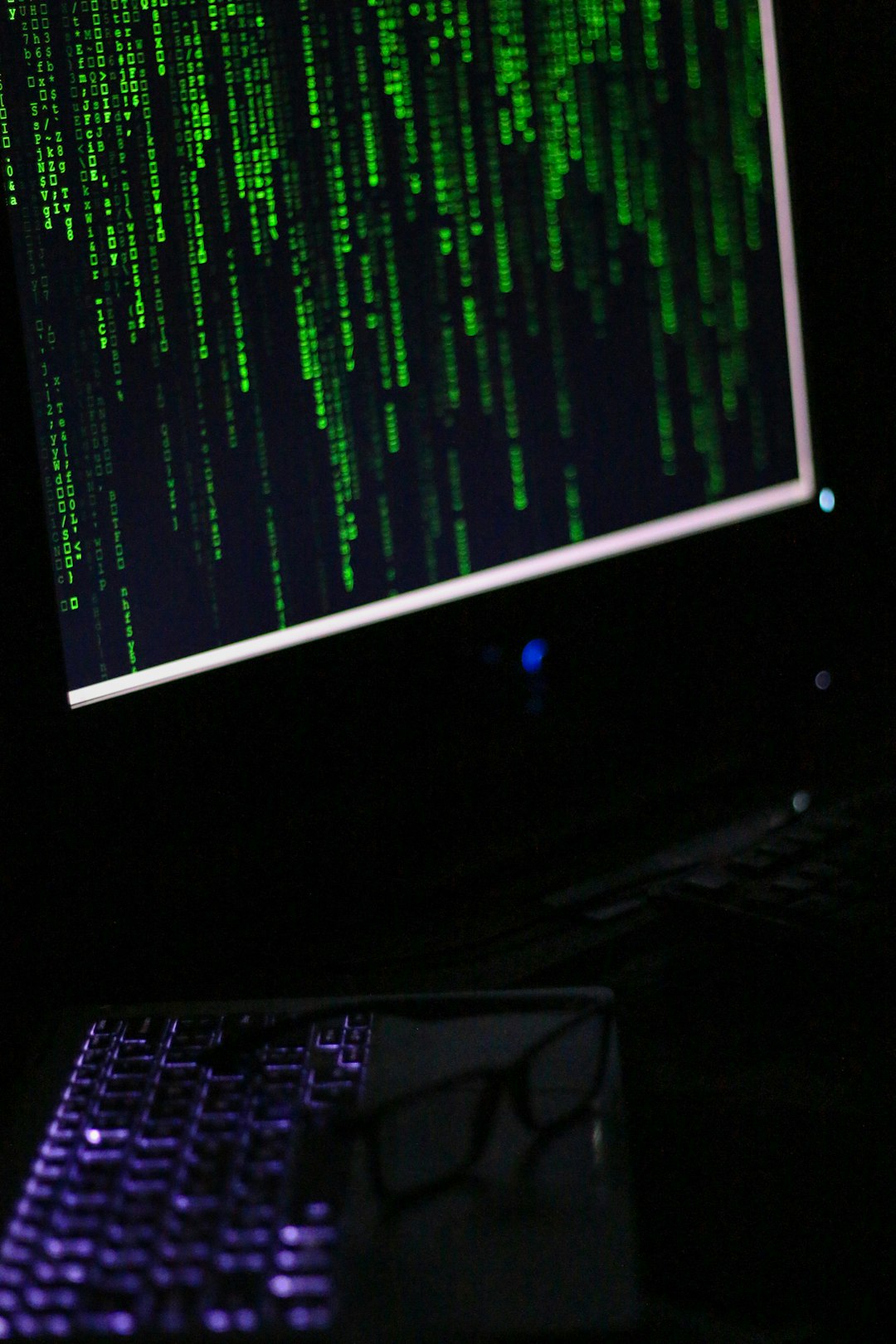WordPress is a powerful content management system trusted by millions of websites worldwide. One of the lesser-known but crucial components that keeps WordPress running smoothly is WP-Cron — the system that handles scheduled tasks like publishing scheduled posts, checking for plugin updates, and cleaning up temporary files. However, when WP-Cron fails, those tasks can be missed or delayed, causing a ripple effect across your site. Thankfully, fixing WP-Cron is not as daunting as it sounds, especially if you’re harnessing the power of WP-CLI.
What is WP-Cron?
WP-Cron is not a true cron system in the traditional sense. Instead of running at specific intervals as a real cron job would, WordPress triggers WP-Cron tasks when someone visits the website. This behavior is suitable for low- to medium-traffic sites but can become problematic for high-traffic or very low-traffic websites.
If WP-Cron breaks, scheduled posts may not publish, automated backups may fail, and other essential features may become unreliable. Identifying and fixing the issue is crucial, and for those comfortable using the command line, WP-CLI offers a professional and efficient approach.
Why Use WP-CLI to Repair WP-Cron?
WP-CLI (WordPress Command Line Interface) allows developers and system administrators to manage WordPress installations from the terminal. It’s faster, repeatable, and doesn’t require access to the WordPress admin interface. With WP-CLI, tasks like inspecting cron events, running them manually, and troubleshooting become much easier and faster.

Typical Symptoms of WP-Cron Failures
- Scheduled posts not publishing on time
- Automated backups not executing
- Update checks not running
- Excessive missed schedule errors in logs
- Plugin features relying on cron not working
If you’re seeing one or more of these symptoms, it’s time to take a closer look at what’s happening behind the curtain.
Step-by-Step Guide to Repair WP-Cron with WP-CLI
Step 1: Check for Existing Cron Events
To list all existing cron events, use the following command:
wp cron event listThis command will display a table with the hook name, next run time, and schedule. Look for anything scheduled in the past or invalid dates. It can often reveal which cron jobs are misbehaving.
Step 2: Execute Pending Cron Events Manually
If there are jobs that haven’t run when they should have, you can trigger them manually. Here’s how:
wp cron event run --due-nowThis command will run all cron events that are currently due. It is a quick way to clear pending tasks and validate whether your cron system is operational.
Step 3: Check for Specific Faulty Cron Hooks
If certain plugins or themes register faulty hooks, they might break the entire cron system. Use this command to inspect a specific hook:
wp cron event list --hook=my_custom_cron_hookReplace my_custom_cron_hook with the name of the hook you want to check. Investigating individual hooks can help isolate problematic plugins or configurations.
Step 4: Delete Damaged Cron Events
If you’ve identified broken or misconfigured cron events, remove them by running:
wp cron event delete my_custom_cron_hookAgain, substitute my_custom_cron_hook with the event you want to delete. Removing faulty entries can often restore normal functionality to your WP-Cron system.
Step 5: Disable WP-Cron and Use a Real Cron Job (Optional but Recommended)
One issue with WP-Cron is that it relies on user visits to trigger events. A better approach, especially for high-traffic sites, is to disable WP-Cron and use a real server-side cron job.
First, disable WP-Cron by adding this to your wp-config.php file:
define('DISABLE_WP_CRON', true);Then set up a real cron job on your server to run this command every few minutes:
*/5 * * * * wget -q -O - https://example.com/wp-cron.php?doing_wp_cron > /dev/null 2>&1This ensures that the cron runs regularly, regardless of user traffic.

Useful WP-CLI Commands for WP-Cron
- List all cron events:
wp cron event list - Run due cron events:
wp cron event run --due-now - Delete a cron event:
wp cron event delete hook_name - List cron schedules:
wp cron schedule list
These commands become essential when auditing the health and functionality of your WordPress cron system.
Additional Tips for Cron Management
- Use Health Check Plugins: Tools like “Site Health” or “WP Crontrol” help you visualize and control cron jobs from the WordPress dashboard.
- Debugging: Use
WP_DEBUGandWP_DEBUG_LOGsettings to log notices and errors for deeper analysis. - Check Server Environment: Ensure your server supports
fsockopen()orcURLwhich are required to simulate HTTP requests for WP-Cron.
Final Thoughts
Repairing WP-Cron using WP-CLI gives you superior control over your WordPress site’s scheduled tasks. Whether you’re a developer maintaining multiple sites, or a technical site owner, this approach ensures maximum reliability and faster debugging. Understanding and managing WP-Cron proactively can save hours of frustration down the line and keep your website performing at its best.
Frequently Asked Questions (FAQ)
-
Q: What happens if WP-Cron is disabled?
A: WP-Cron tasks will no longer run automatically unless you set up a manual cron job using your server’s task scheduler (like Linux cron). -
Q: How do I know which plugin created a cron job?
A: Plugin documentation often includes this, or you can deduce it from the hook name. Tools like “WP Crontrol” can also assist in identifying cron sources. -
Q: Is there a risk in deleting cron events?
A: Yes, only delete cron jobs you’re sure are broken or irrelevant. Deleting the wrong task can disable plugin or theme functionality. -
Q: Can WP-CLI be used on shared hosting?
A: Not always. Some shared hosting services restrict terminal access. Check with your host or consider an SSH-enabled plan. -
Q: How often should I check my cron jobs?
A: Periodically — at least monthly — especially after installing or updating themes and plugins that may add their own cron hooks.



Leave a Reply